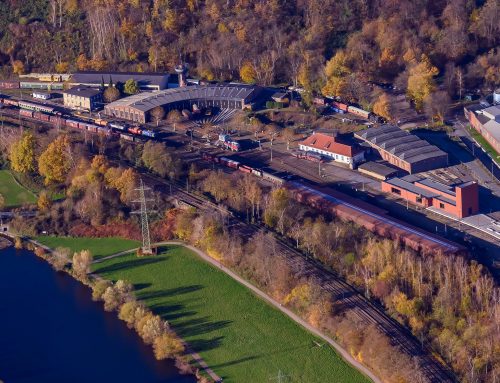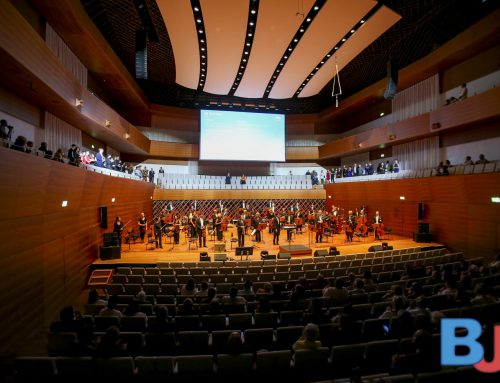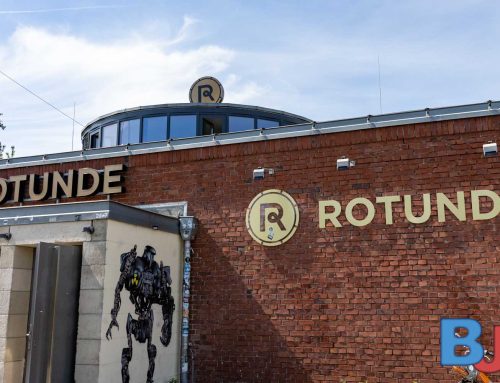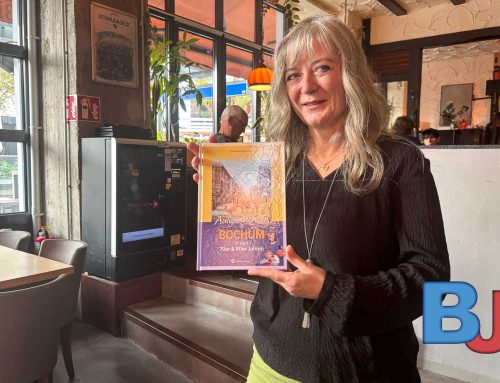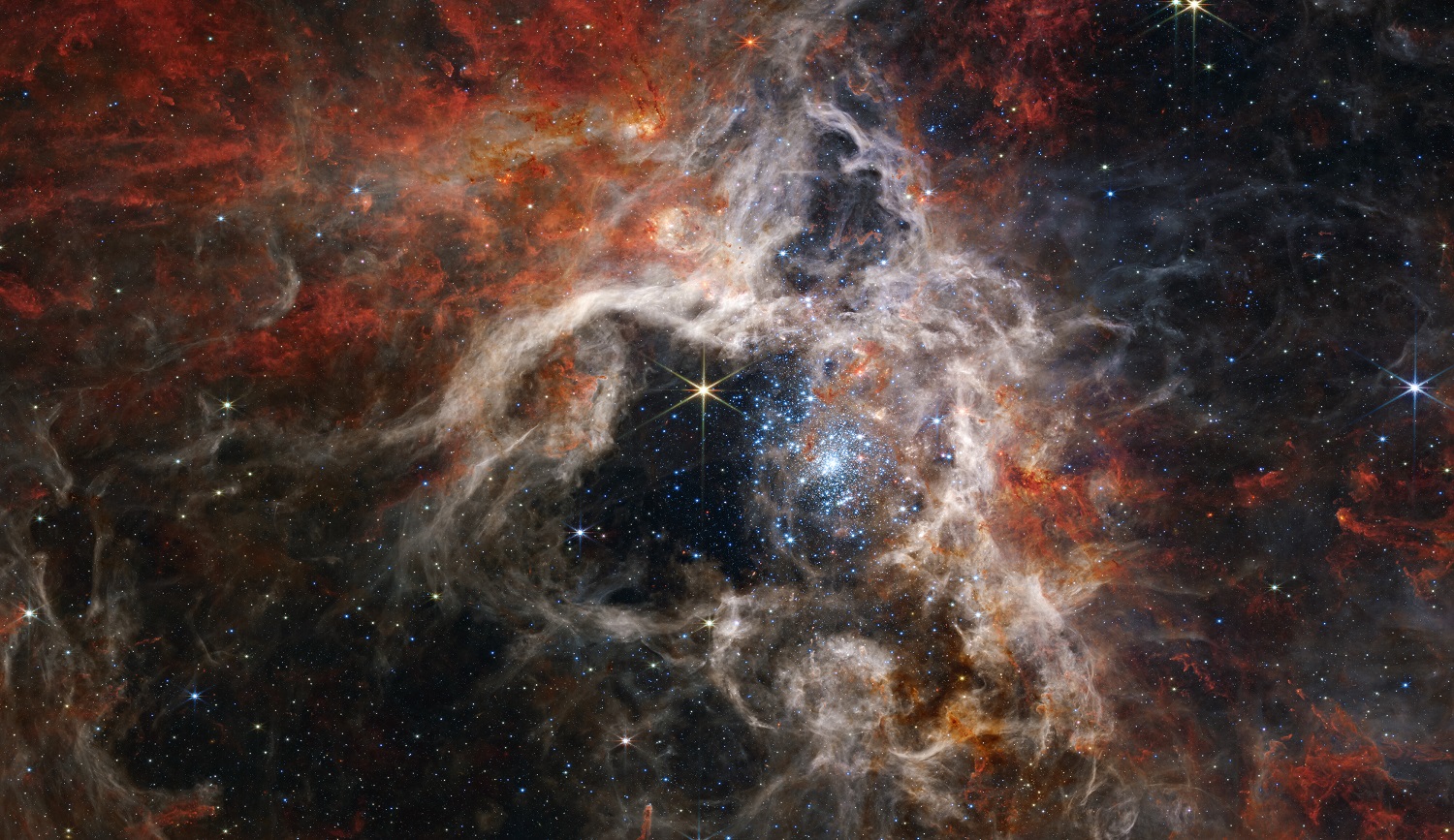
Tarantula Nebula (NIRCam Image)
In this mosaic image stretching 340 light-years across, Webb’s Near-Infrared Camera (NIRCam) displays the Tarantula Nebula star-forming region in a new light, including tens of thousands of never-before-seen young stars that were previously shrouded in cosmic dust. The most active region appears to sparkle with massive young stars, appearing pale blue. Scattered among them are still-embedded stars, appearing red, yet to emerge from the dusty cocoon of the nebula. NIRCam is able to detect these dust-enshrouded stars thanks to its unprecedented resolution at near-infrared wavelengths. To the upper left of the cluster of young stars, and the top of the nebula’s cavity, an older star prominently displays NIRCam’s distinctive eight diffraction spikes, an artefact of the telescope’s structure. Following the top central spike of this star upward, it almost points to a distinctive bubble in the cloud. Young stars still surrounded by dusty material are blowing this bubble, beginning to carve out their own cavity. Astronomers used two of Webb’s spectrographs to take a closer look at this region and determine the chemical makeup of the star and its surrounding gas. This spectral information will tell astronomers about the age of the nebula and how many generations of star birth it has seen. Farther from the core region of hot young stars, cooler gas takes on a rust colour, telling astronomers that the nebula is rich with complex hydrocarbons. This dense gas is the material that will form future stars. As winds from the massive stars sweep away gas and dust, some of it will pile up and, with gravity’s help, form new stars.
Das Bochumer Planetarium, Castroper Straße 67, lädt am Mittwoch, 22. März, um 20 Uhr zu einem Vortrag ein, in dem der Astronomie-Journalist Daniel Fischer die Zuschauer mit auf eine Reise zu den neuesten Ergebnissen des James Webb Weltraumteleskops nimmt.
Das James-Webb-Weltraumteleskop nahm vor etwa einem Jahr erfolgreich seine Arbeit in 1,5 Millionen Kilometern Entfernung von der Erde auf. Schon im ersten Jahr hat es spektakuläre Bilder geliefert, von denen im Rahmen des Vortrags viele auf der Kuppel des Planetariums zu sehen sind. Aber hat der neue Alleskönner im All schon neue Erkenntnisse über das Universum geliefert, über erstaunliche und beeindruckende Bilder hinaus?
Zu Webbs Beobachtungs-Zielen gehören Planeten, die um fremde Sterne kreisen, genauso wie Regionen in unserer Milchstraße, in denen sich heute noch neue Sterne bilden. Das Teleskop soll zum Beispiel herausfinden, ob Planeten in anderen Sonnensystemen Lufthüllen haben und ob diese vielleicht sogar auf lebensfreundliche Bedingungen schließen lassen. Aber auch den fernsten Galaxien im jungen Kosmos spürt das Teleskop nach, auf der Suche nach dem Licht der ersten Sterne und den Bedingungen, unter denen sie entstehen konnten.
Deuten sich bereits neue Antworten auf die großen Fragen über den Kosmos an, und erfüllt Webb die hohen Erwartungen, die in das Milliardenprojekt gesetzt wurden? Der Astronomie- und Raumfahrtjournalist Daniel Fischer hat über Jahre alle Irrungen und Wirrungen der Mission verfolgt und berichtet heute regelmäßig über die Ergebnisse, die das Teleskop liefert.
Karten für den Vortrag kosten fünf Euro. Sie können im Internet unter www.planetarium-bochum.de oder zum Ortstarif bei der Ticket-Hotline 02 21 / 28 02 14 erworben sowie per Mail an info@planetarium-bochum.de reserviert werden. Sie sind auch an der Abendkasse erhältlich.
Quelle: Stadt Bochum
Bild: NASA, ESA, CSA, and STScI, Creative Commons Attribution 4.0 International license

